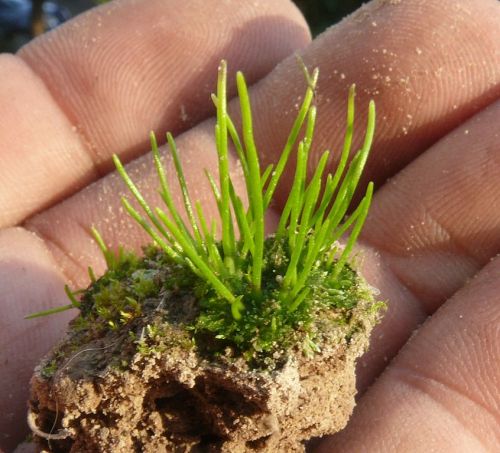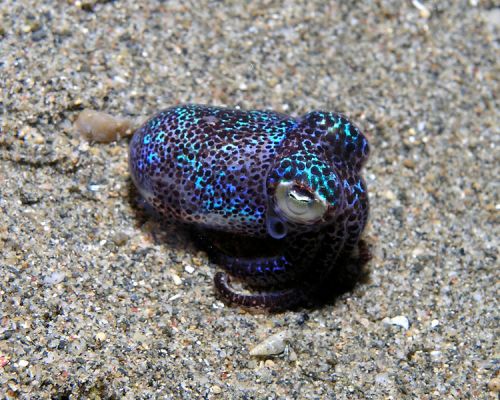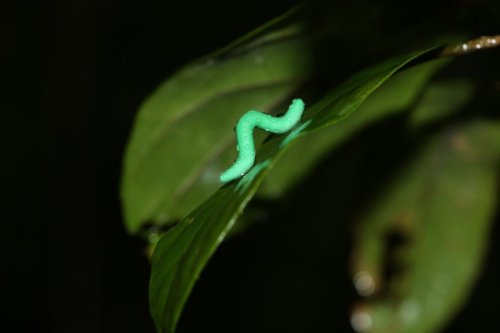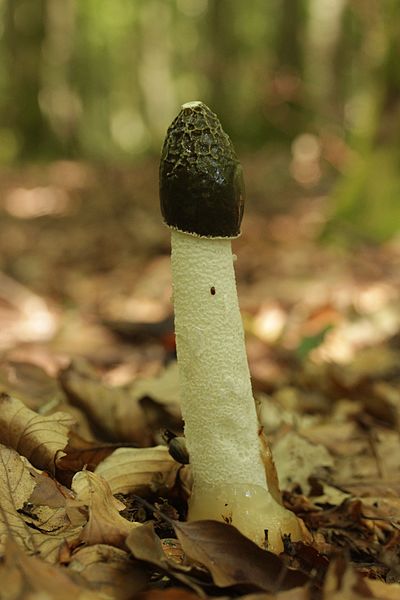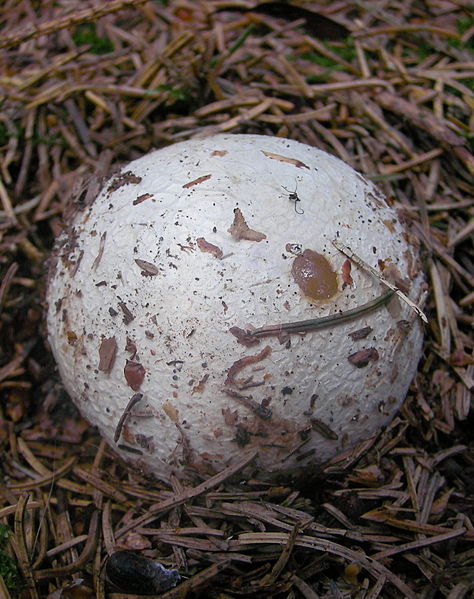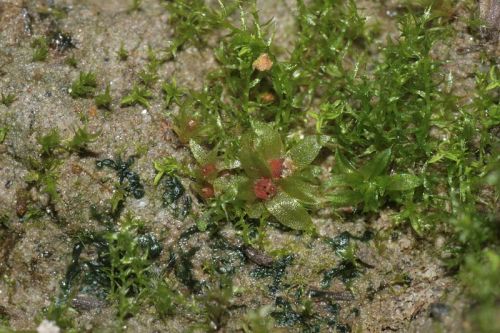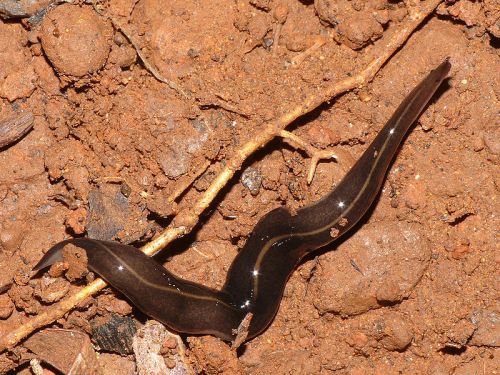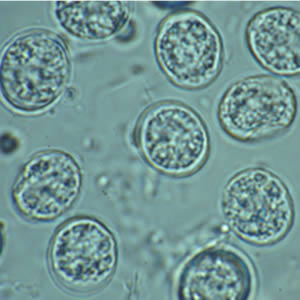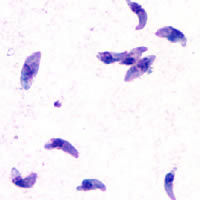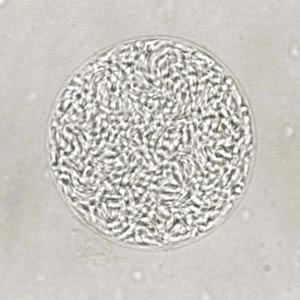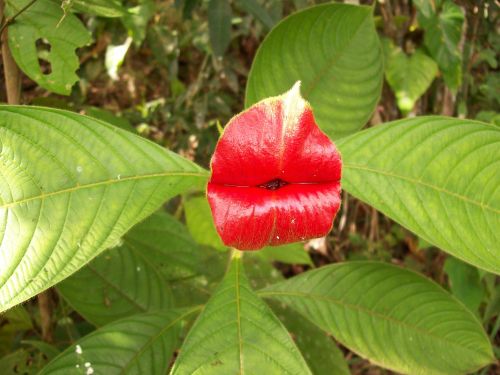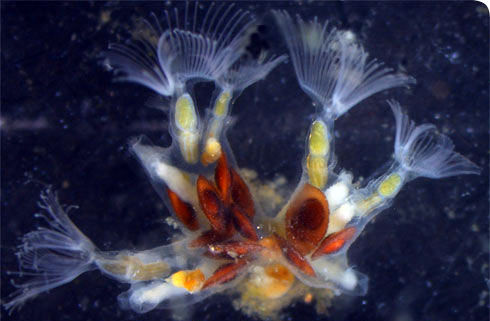by Piter Kehoma Boll
Everybody knows that human activities have driven our environment toward an unfortunate situation. The most popular forms of human impact include pollution, deforestation and overexploitation of natural resources, but certainly an important factor in remodeling ecosystems is the invasion of species.
While humans move around the world, they carry many species with them, either intentionally or not, an some of them establish successfully in the new environment, while others do not. But what makes some species become successful invaders while other are unable to do so?
It is clear for some time that having a broad niche, i.e., a broad tolerance in environmental conditions and a broad use of resources is very important to succeed in invading a new habitat. Food niche breadth, i.e., the amount of different food types one can ingest, is among the most important dimensions of the niche influencing the spread of a species.
I myself studied the food niche breadth of six Neotropical land planarians in my master’s thesis (see references below) and it was clear that the species with the broader niche are more likely to become invasive. Actually, the one with the broadest food niche, Obama nungara, is already an invader in Europe, as I already discussed here.
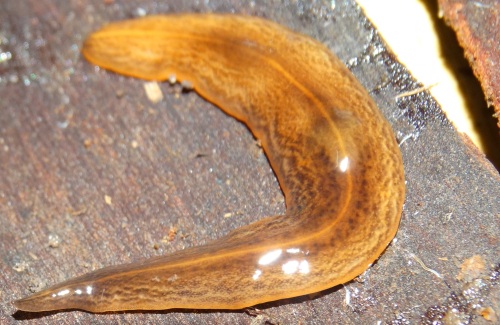
A specimen of Obama nungara from Southern Brazil that I used in my research. Photo by myself, Piter Kehoma Boll.*
But O. nungara has a broad food niche in its native range, which includes southern Brazil, and likely reflected this breadth in Europe. But could a species that has a narrow food niche in its native range broaden it in a new environment?
A recent study by Courant et al. (see references) investigated the diet of the African clawed frog, Xenopus laevis, that is an invasive species in many parts of the world. They compared its diet in its native range in South Africa whith that in several populations in other countries (United States, Wales, Chile, Portugal and France).

The African clawed frog Xenopus laevis. Photo by Brian Gratwicke.**
The results indicated that X. laevis has a considerable broad niche in both its native and non-native ranges, but the diet in Portugal showed a greater shift compared to that in other areas, which indicates a great ability to adapt to new situations. In fact, the population from Portugal lives in running water, while in all other places this species prefers still water.
We can conclude that part of the success of the African clawed frog when invading new habitats is linked to its ability to try new tastes, broadening its food niche beyond that from its original populations. The situation in Portugal, including a different environment and a different diet, may also be the result of an increased selective pressure and perhaps the chances are that this population will change into a new species sooner than the others.
– – –
References:
Boll PK & Leal-Zanchet AM (2016). Preference for different prey allows the coexistence of several land planarians in areas of the Atlantic Forest. Zoology 119: 162–168.
Courant J, Vogt S, Marques R, Measey J, Secondi J, Rebelo R, Villiers AD, Ihlow F, Busschere CD, Backeljau T, Rödder D, & Herrel A (2017). Are invasive populations characterized by a broader diet than native populations? PeerJ 5: e3250.
– – –
*
This work is licensed under a Creative Commons Attribution-ShareAlike 4.0 International License.
**
This work is licensed under a Creative Commons Attribution 2.0 Generic License.

